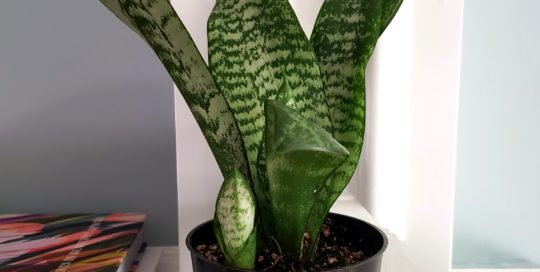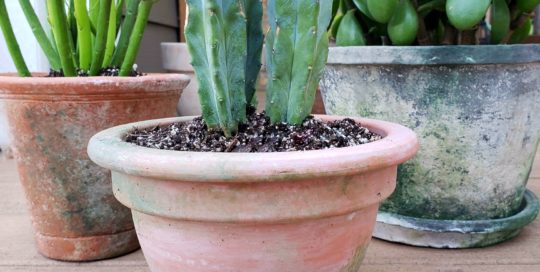Bottom Watering, What Is It And When To Use It
Views: 301

We do our best to simulate a natural growing environment for our houseplants. We carefully tweak humidity, add artificial lighting, and even collect rainwater, but sometimes it’s good to turn things upside down. Bottom watering reverses the natural sequence of soil absorption. This plant care trick saves you time and may even save your houseplant. What is it, and when should we use it?
The Upside Down Method
Bottom watering is just what it sounds like; a method of watering from the base of your plant. When you water the traditional way, excess water usually drains into saucers. If you wait a few hours that liquid gets reabsorbed. Watering from the base works the same way. Instead of pouring water on top of the soil, you supply the base end with water. You can do this in a few ways. The most common way is to fill a large bowl or deep tray with water, set your plant or plants inside, and wait as the soil absorbs water from the base of the pot.
The Advantage Of Bottom Watering
This method serves as a quick shortcut if you have a large collection of houseplants. It is also a fast way to thoroughly soak dried soil. When I was taking care of plants for large showrooms, I visited every two weeks. By the time I arrived some of the plants were so parched that the soil cracked and pulled away from the pot. If I watered from the top down, liquid would seep right through the cracks. The bottom up method ensured proper hydration. Wetting from the base also prevents fungus gnats! Gnats breed in the top inch of soil, but only if it’s damp. The upside down method helps keep gnats away from the top of your houseplants.
Bottom Watering Considerations
Bottom watering is a helpful strategy for certain plants at certain times, but I wouldn’t use it exclusively. Not all plants need soaking. Many plants like constantly damp soil, and leafy tropicals need an occasional shower to wash off dust. Saturating from the base also prevents excess salts and minerals from draining out of the soil. This can cause stagnation and possibly root rot. Also, it is not always convenient to set out a large tray of water filled with potted plants and let it sit for hours. Traditional watering involves less shuffling.
I use this method for my succulents from time to time, or to ward off fungas gnats. It is a helpful trick to save time or troubleshoot. Experiment and see which watering method you like best. With plant care there’s never any hard and fast rules, and your houseplants always tell you if they’re happy or not.
Meet Paula Palma
Paula has a teaching background in pilates, yoga, and meditation. She is currently studying biology as a prerequisite for further education. One of her favorite…
Paula's Recent Posts

What To Do When You Inherit A Houseplant






